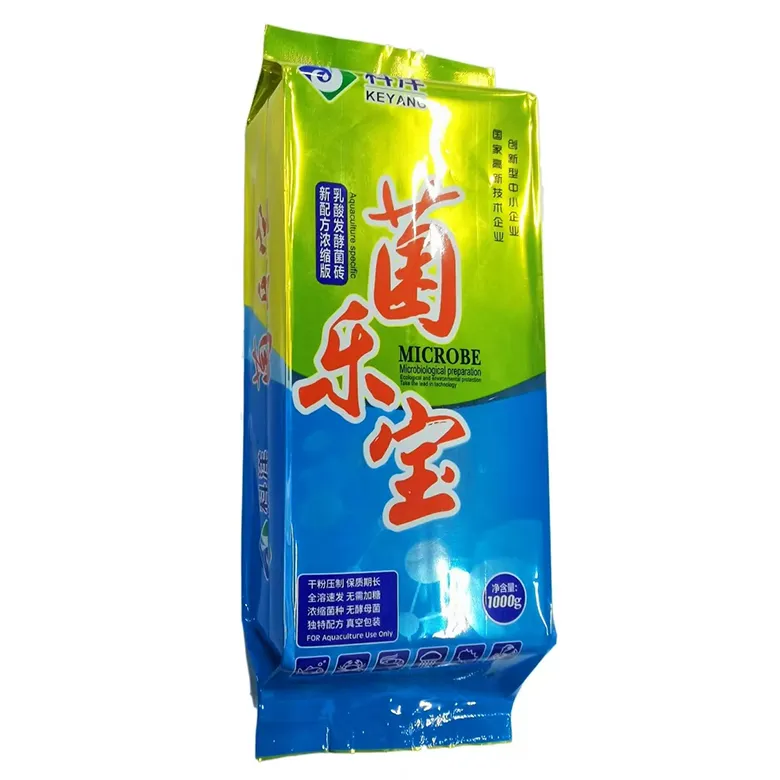
Mushroom Treasure
【 Ingredients 】 Lactobacillus plantarum, Lactobacillus casei, Lactobacillus acidophilus, Enterococcus faecalis, culture medium, with protein powder as the carrier.
[Main function]
1. The strain produces abundant nutrients and bioactive components during the fermentation process, improving palatability and significantly increasing food intake; Promote the digestion and absorption of feed, improve feed utilization efficiency, and shorten the breeding cycle.
2. Strong colonization ability, able to inhibit harmful microorganisms in the intestine through competition or secretion of bacteriocins, and maintain intestinal microbiota balance.
3. Metabolites such as lactic acid and other organic acids contribute to the absorption of calcium, iron, and vitamins. Calcium lactate formed under certain conditions can promote the molting growth of crustaceans.
4. Adjusting the pH value of water bodies, decomposing residual feed, feces and other organic matter, optimizing pond sediment and water quality, and using it regularly can inhibit the proliferation of harmful algae such as blue-green algae and dinoflagellates.
Fermentation conditions
1. Fermentation container: Choose a clean fermentation container and disinfect it before use.
2. Fermentation water: tap water is sufficient, it is best to air dry one day in advance.
3. Fermentation temperature: The optimal temperature for strain growth is 30-37 ℃, which is conducive to the rapid activation and reproduction of the bacterial community. The optimal bacterial density can be achieved in three days. If the temperature is low during the fermentation process, a heating rod or other temperature control equipment can be used.
【 Usage and Dosage 】 Put the mushroom brick into water, wait for the mushroom brick to dissolve, stir evenly, and then seal for fermentation (no need to add sugar). Each bag of 1000g can ferment 100-200L of mushroom solution.
1. Evenly sprinkle the entire pool: the dosage is 500-1000ml/acre · meter, and it can be increased or decreased according to the water quality. If the water quality deteriorates, it can be used twice in a row;
2. Mixing: 8-15ml of bacterial liquid can be added per kilogram of feed;
3. Seedling cultivation and factory farming: 8-12ml per cubic meter of water.
Net content: 1000g per piece
